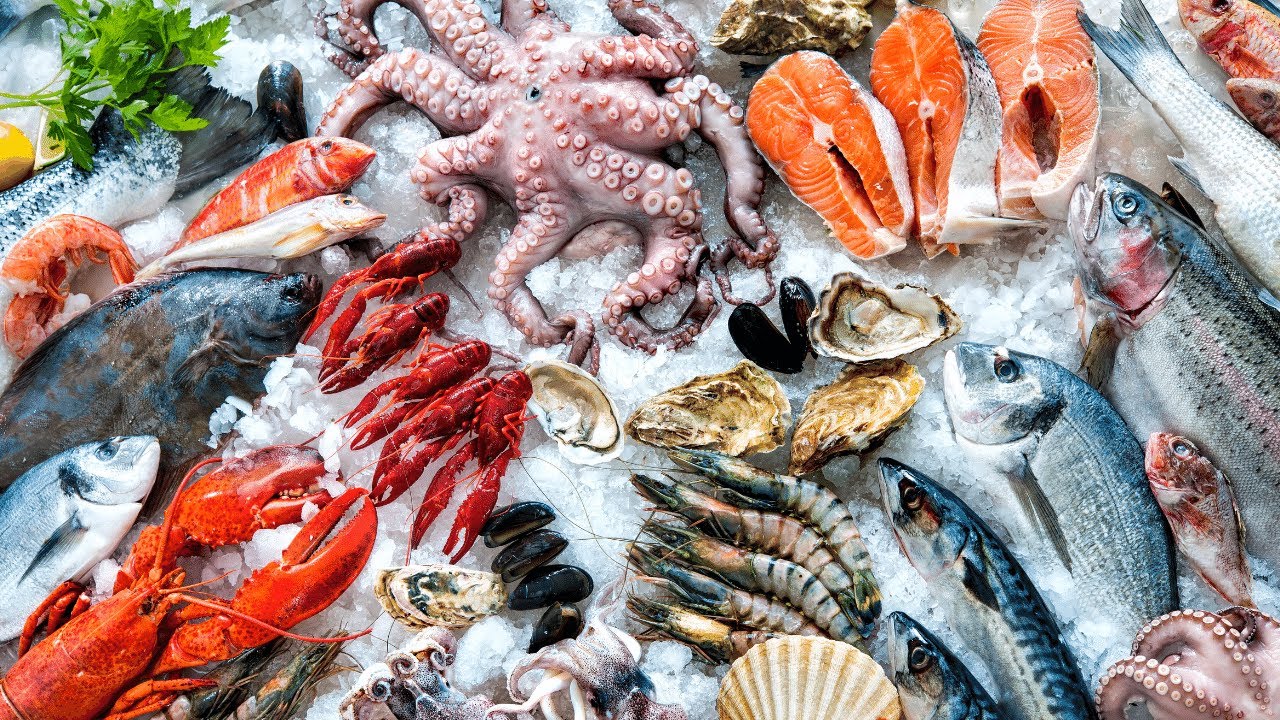
Chamberlains of London – The Risks of Mercury in Seafood are a growing concern for many consumers. Mercury is a toxic element found in the environment. It accumulates in water bodies, where it contaminates fish and seafood. Consuming seafood with high mercury levels can harm human health. This article explores the risks associated with mercury exposure. It also provides tips on how to minimize those risks.
Mercury is a naturally occurring element. It is released into the environment through volcanic activity and industrial pollution. Once in the air, mercury can fall into water bodies. Bacteria in the water convert mercury into methylmercury, a more toxic form. Fish and other marine life absorb methylmercury from their surroundings. Larger fish, especially predators, tend to accumulate more mercury in their tissues. As a result, seafood like tuna, shark, and swordfish have higher mercury levels.
“Read about: Global Food Trends for 2025: What to Expect on Your Plate”
Mercury is harmful to human health, especially when consumed in large amounts. When ingested, mercury can damage the nervous system. It affects both adults and children, but children are particularly vulnerable. Pregnant women who consume high-mercury seafood risk harming their unborn child. Exposure can lead to developmental delays, cognitive impairments, and physical abnormalities. In adults, long-term mercury exposure can lead to memory loss, tremors, and vision problems. Additionally, high mercury levels can increase the risk of cardiovascular diseases.
Certain types of seafood are more likely to contain high levels of mercury. Large predatory fish like shark, swordfish, and king mackerel are known for high mercury content. Tuna, particularly the larger species like bluefin and albacore, also tend to have higher mercury levels. These fish consume smaller fish that may already contain mercury, leading to biomagnification. On the other hand, smaller fish like salmon, sardines, and trout typically have lower mercury levels. Shellfish, including shrimp and oysters, usually contain less mercury compared to larger fish.
“Read more: Inside Septime: Paris’s Michelin-Starred Sustainable Culinary Gem”
To reduce mercury exposure, it is essential to make informed choices when consuming seafood. First, avoid eating high-mercury fish like shark, swordfish, and large tuna. Opt for smaller fish with lower mercury levels, such as salmon, herring, or anchovies. Additionally, varying the types of seafood you consume can reduce the risk of mercury buildup. If you are pregnant, nursing, or planning to have children, it is crucial to be particularly cautious. The U.S. Food and Drug Administration (FDA) recommends limiting the consumption of high-mercury seafood for these groups.
Various health and environmental organizations have established guidelines to limit mercury exposure. The U.S. Environmental Protection Agency (EPA) and the FDA regularly monitor mercury levels in seafood. These agencies provide recommendations on how much seafood it is safe to consume. They also offer advice on which species of fish are safer for vulnerable populations, such as pregnant women. In many countries, the fishing industry is also regulated to limit mercury contamination in seafood. Despite these measures, it remains crucial for consumers to be aware of the risks and make informed decisions.
The Risks of Mercury in Seafood are real, but with proper knowledge and caution, they can be managed. By choosing low-mercury seafood, consumers can enjoy the health benefits of seafood without compromising their well-being. Regular monitoring and guidelines help ensure that seafood remains a safe and nutritious option for all. However, awareness of mercury contamination remains essential for making healthy dietary choices.